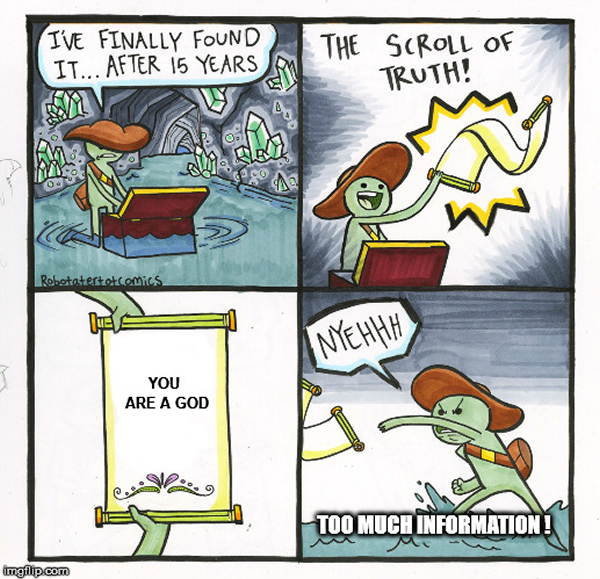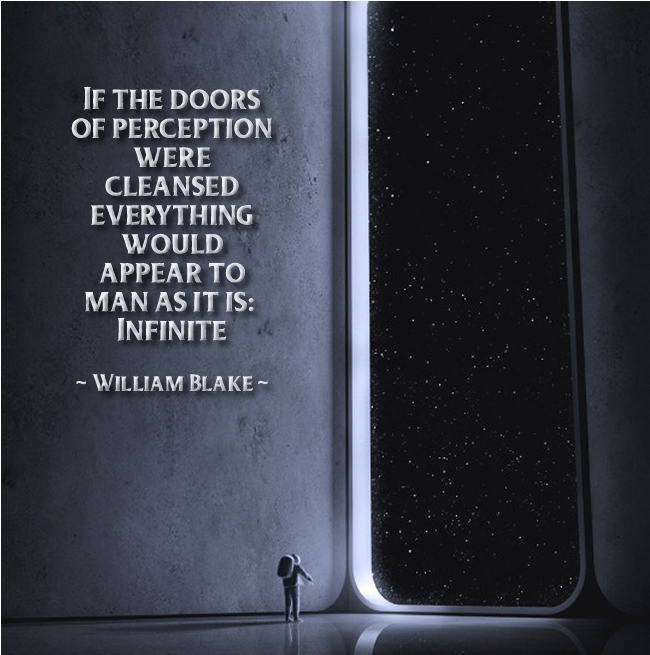
Tao or Dao is a concept signifying ‘way’, ‘path’, ‘route’, or sometimes more loosely, ‘doctrine’ or ‘principle’, or as a verb, speak. Within these contexts Tao signifies the primordial essence or fundamental nature of existence. Tao is thus “eternally nameless”, or Immortal Spiritual Being, and to be distinguished from the countless ‘named’ things which are considered to be its manifestations, as the space, energy and forms of, and within, the physical universe, and other universes.
The Tao Te Ching, Daodejing, or Dao De Jing (道德經: 道 dào “way”; 德 dé “virtue”; 經 jīng “classic” or “text”) is simply referred to as the Laozi. According to tradition, it was written around 6th century BC by the sage Laozi (or Lao Tzu, “Old Master”), a record-keeper at the Zhou Dynasty court, by whose name the text is known in China. The text’s true authorship and date of composition or compilation are still debated, although the oldest excavated text dates back to the late 4th century BC.
Many different translations, versions and interpretations of The Tao have been produced through the past 2,500 years, or so, since the original appearance. Like any “religion”, the “opinions” and “interpretations” of “priests” MODIFY and INTRODUCE FALSE IDEAS into the original. Therefore, I suggest that anyone who wishes to sincerely study The Tao as a body of wisdom, study many difference translations before you decide whether or not any of the many versions of this book point to “the way” or “no way”.
Here is a link to a website containing many different translations, and COMPARISONS between translations.





